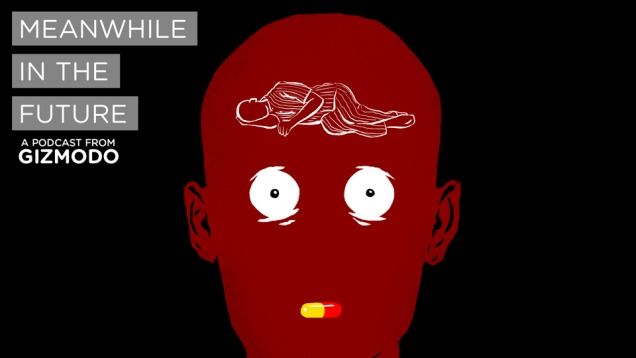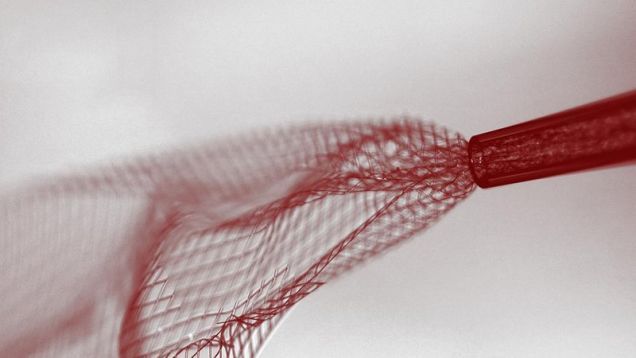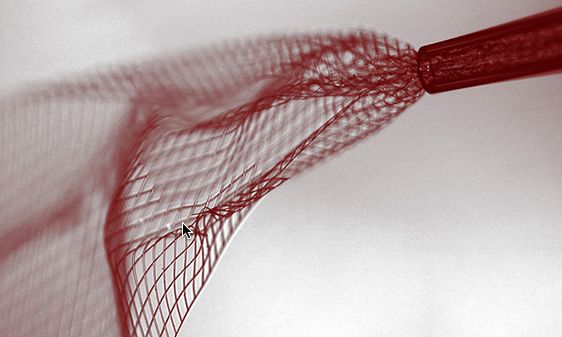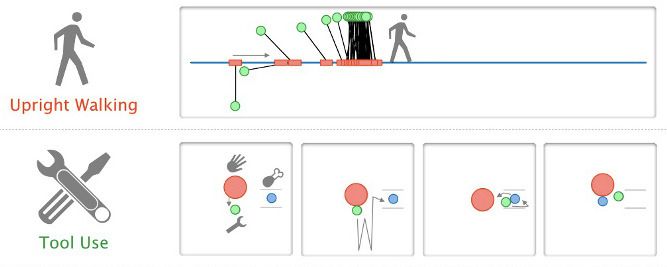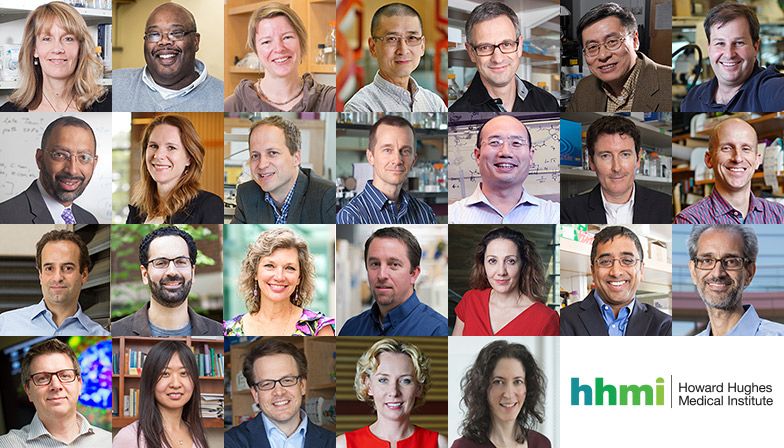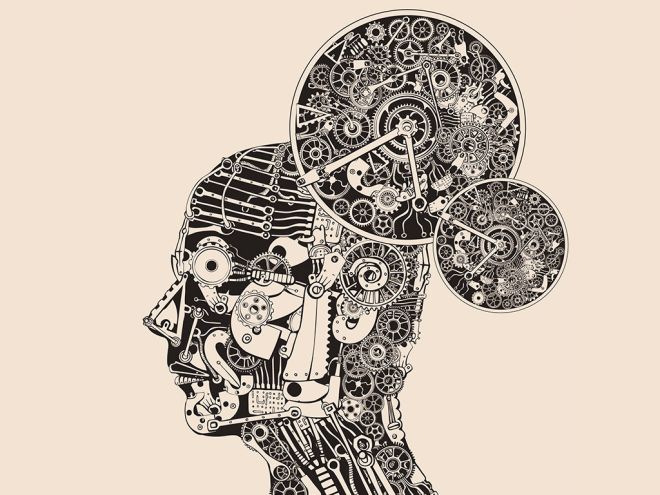Jun 16, 2015
Never Sleep Again, Using This Drug
Posted by Bryan Gatton in categories: biotech/medical, futurism, neuroscience
If there was a drug that meant you never had to sleep again, would you take it? Would those who didn’t need to sleep have special advantages over those who did? All that and a side of zombies, in this week’s episode of Meanwhile in the Future.
